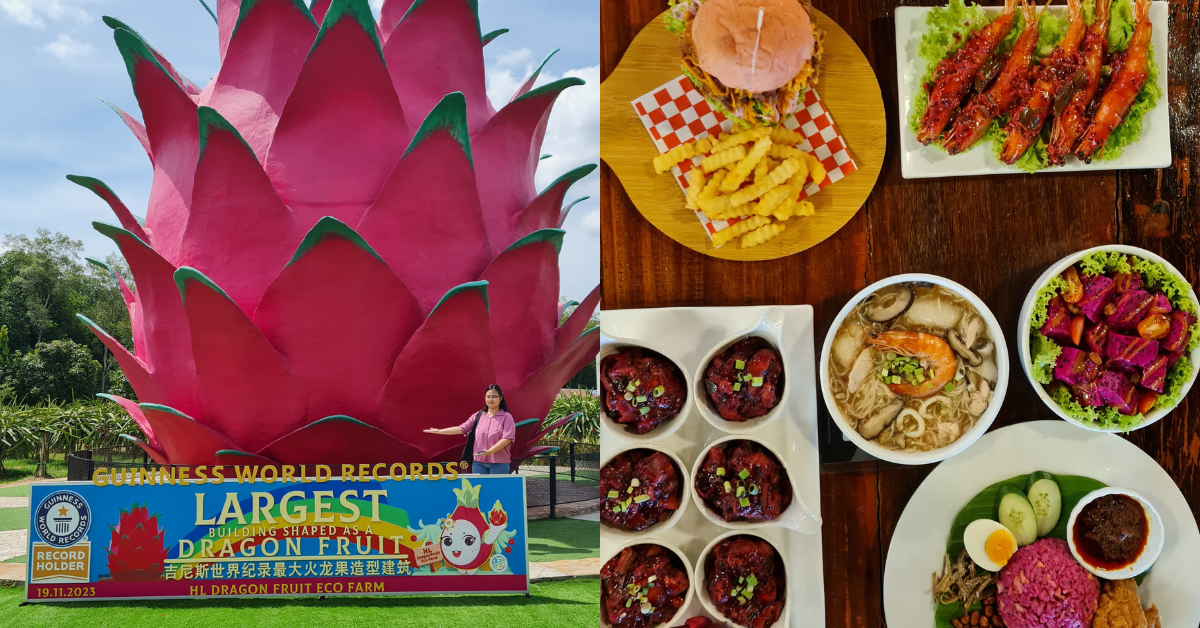When you think of Sepang, what’s the first thing that comes to mind?
As someone who doesn’t know much about the location, all I can think of is KLIA and the Sepang International Circuit.
But actually, Sepang is also home to quite a number of dragon fruit plantations, with a particularly notable one being HL Dragon Fruit Eco Farm.
What makes this farm special includes its agrotourism offerings, its dragon fruit-themed farm-to-table restaurant, as well as its giant Guinness World Record-setting dragon fruit structure.
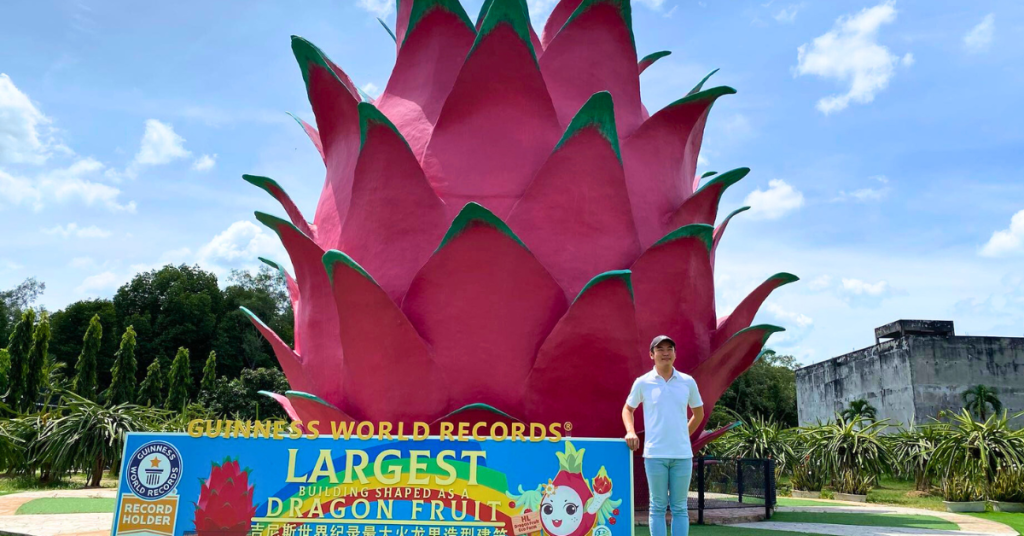
With all these elements going for them, the Vulcan Post team has wanted to visit them for a while now. And recently, we finally made the hour-long trip down to Sepang to do just that.
But first, a bit about the people behind the farm.
From a family business to a full-fledged attraction
Established in 2014 by Sam Chia and his wife, Lydia Goh Siew Lan, HL Dragon Fruit Eco Farm is now run by the second generation managing director, Eugene Chia.
At the farm, we got to interview Eugene about the farm’s storied past and how it went from being another dragon fruit farm to the attraction it is today.
It started as the family’s desire to diversify themselves from the surrounding farms. Finding their answer in agrotourism, they began offering tours of their farm. From there, they went on to provide a range of activities such as dragon fruit planting and harvesting.
Moreover, the business now also has its own processed dragon fruit products, many of which are used in their themed restaurant.
A decade into the business, it does look like going the agrotourism route has been working for them. But is it really worth the trip down to Sepang?
An educational and entertaining exploration
HL Dragon Fruit Eco Farm has two main components—the actual farm, then the indoor restaurant area. For the farm, there is an entrance fee of RM10 for adult MyKad holders, though you’ll get a free entry if you spend at least RM30 at the restaurant.
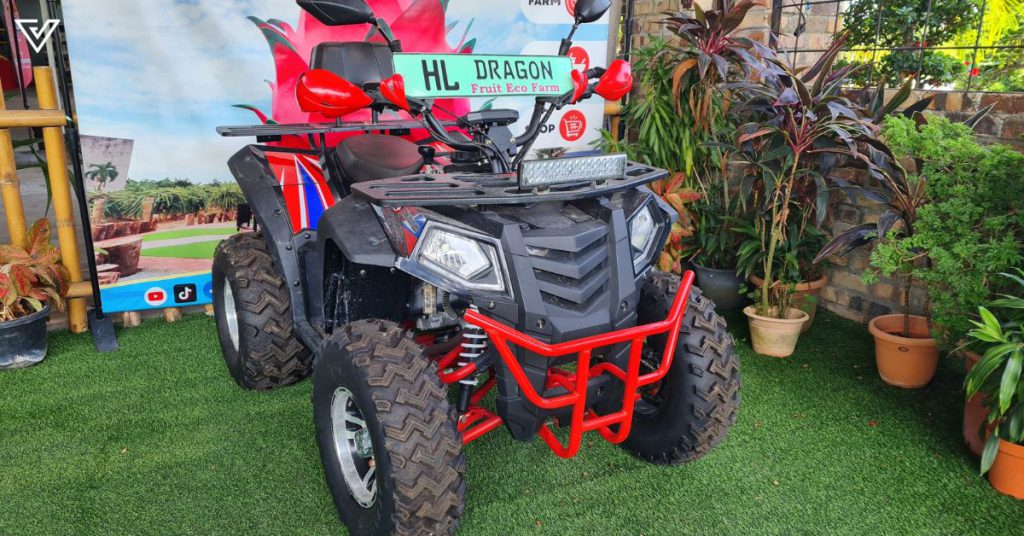
RM10 is not an expensive price to pay for what you’ll get. Not only will you see a variety of dragon fruit variants being grown, but also other crops such as passion fruit and mangoes.
Led by a tour guide, we got to learn more about the farm and the crop, and even harvested a fruit.
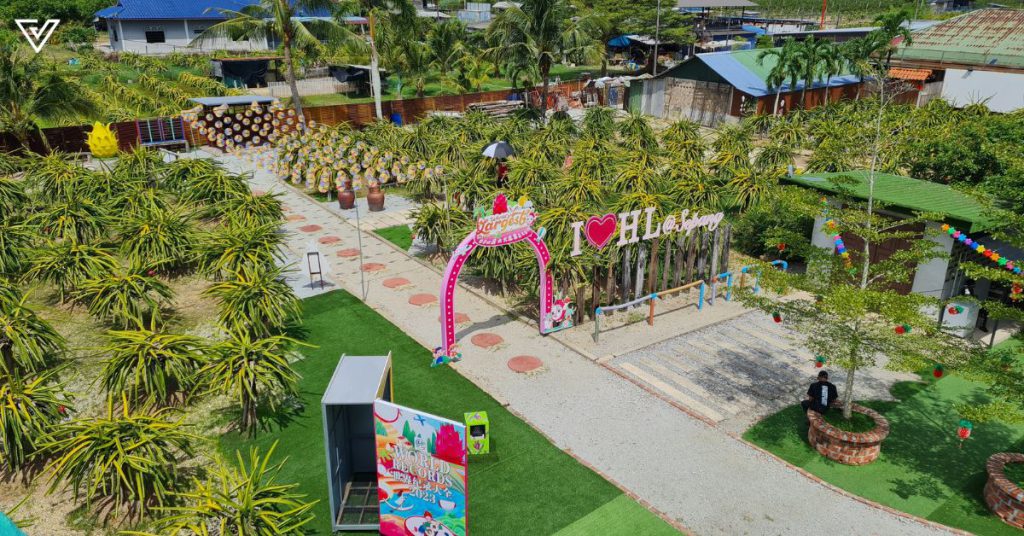
Of course, we got to see the magnificent 9-metre-tall dragon fruit structure.
And guess what? You can actually walk into the two-storey structure. Inside, the curved walls are lined with glow-in-the-dark drawings that detail the history of Sepang’s development, and how this pink fruit made its way here.
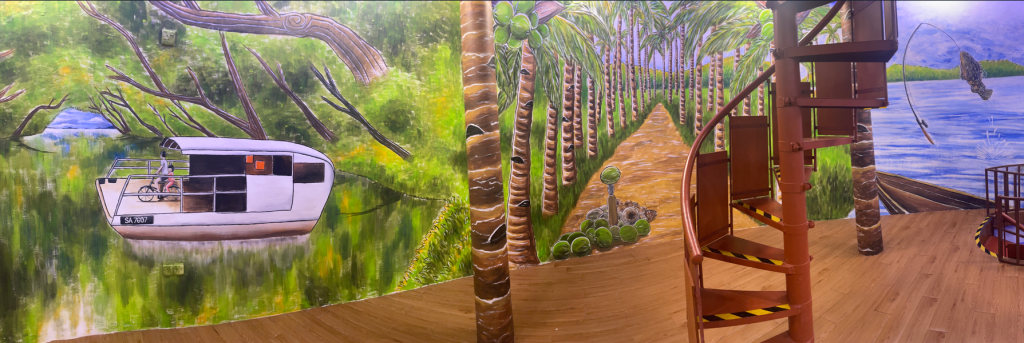
It was first planted about 20 years ago, and became prominent in the area due to its high return on investment.
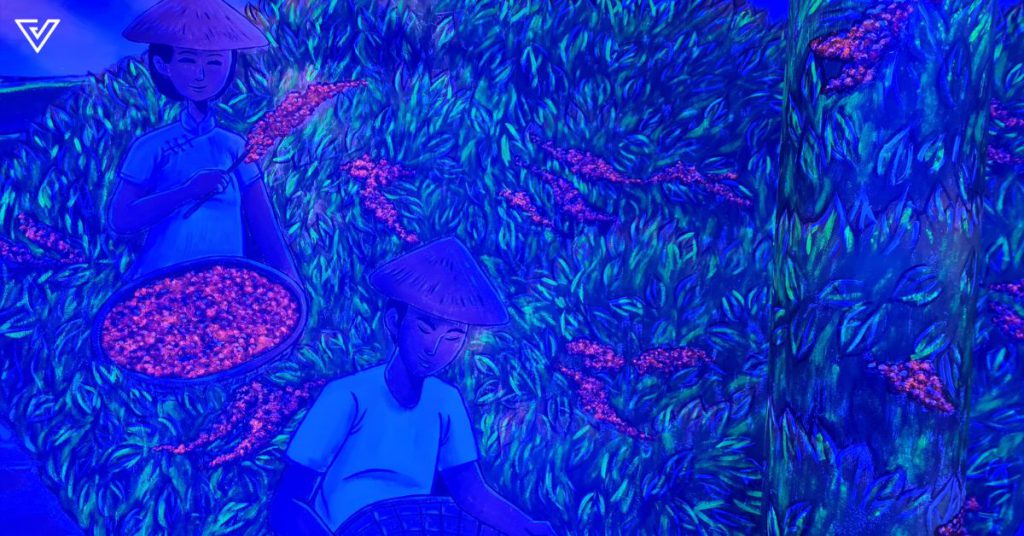
We also climbed all the way up on the spiral staircase to the top of the fruit, earning a bird’s eye view of the farm.
It’s cool to see how they thoughtfully created this educational space within the dragon fruit.
That intentionality is something that underpins the whole farm. Initially, it felt like they were just trying to do everything they could think of to stand out, with the biggest (pun intended) example being the dragon fruit statue.
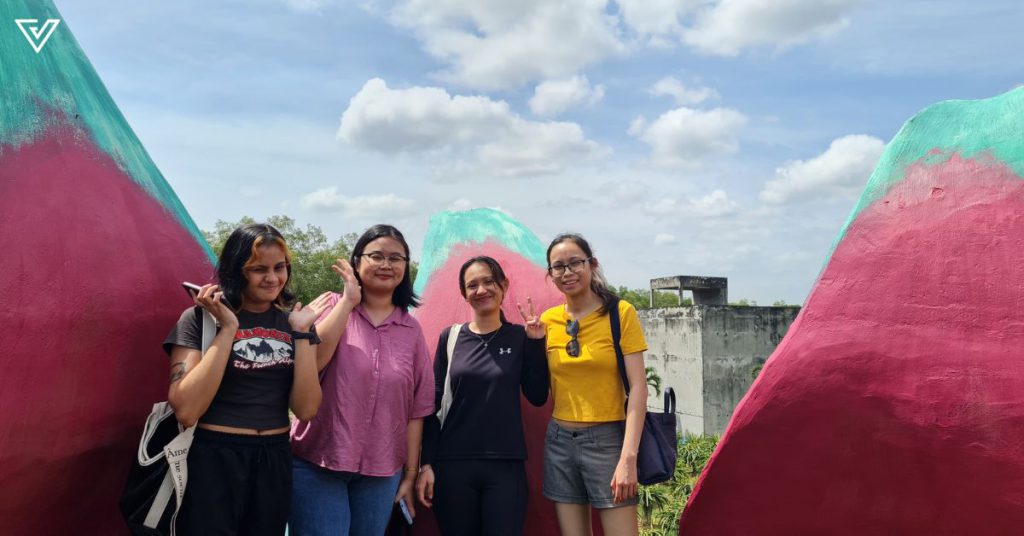
But it all comes together to form a cohesive experience, and the variety of offerings justifies the farm as a place where people should not only make a detour for, but plan a whole trip for.
Not just a gimmick
After our educational romp around the farm, we sought shelter back in the restaurant area, where we were served a drink-and-dessert combo.
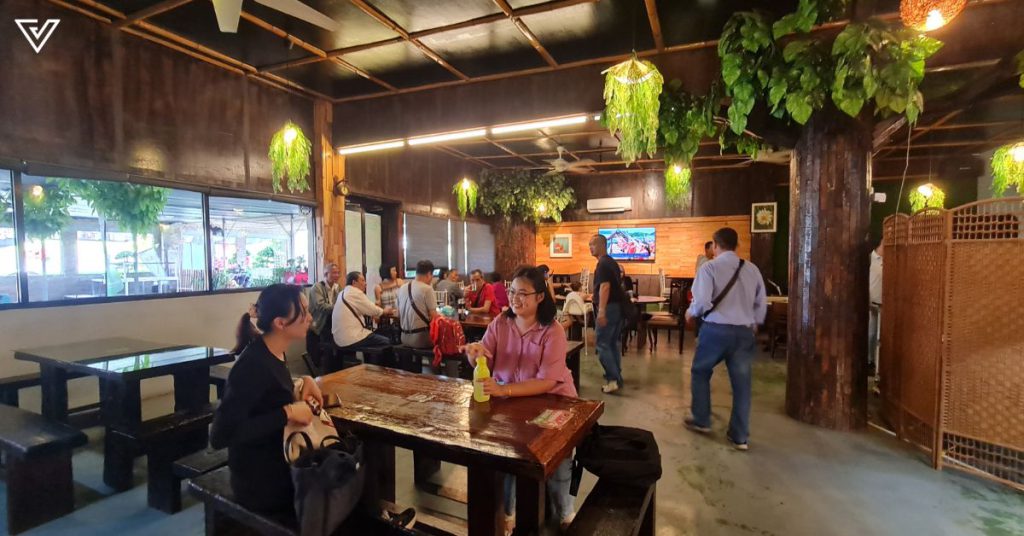
Called Dragon Breath, this treat features dry ice for a misty effect. The dragon fruit juice paired with the vanilla ice cream and dragon fruit puree was a refreshing start to our meal.
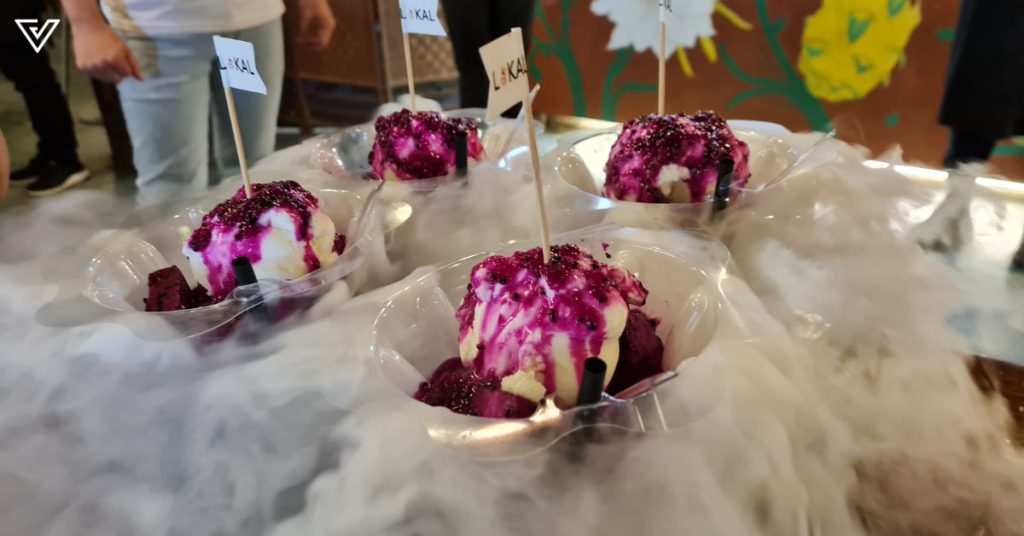
Before long, a generous feast was placed upon our table. Essentially every dish incorporated dragon fruit in one way or another, which might sound intimidating at first.
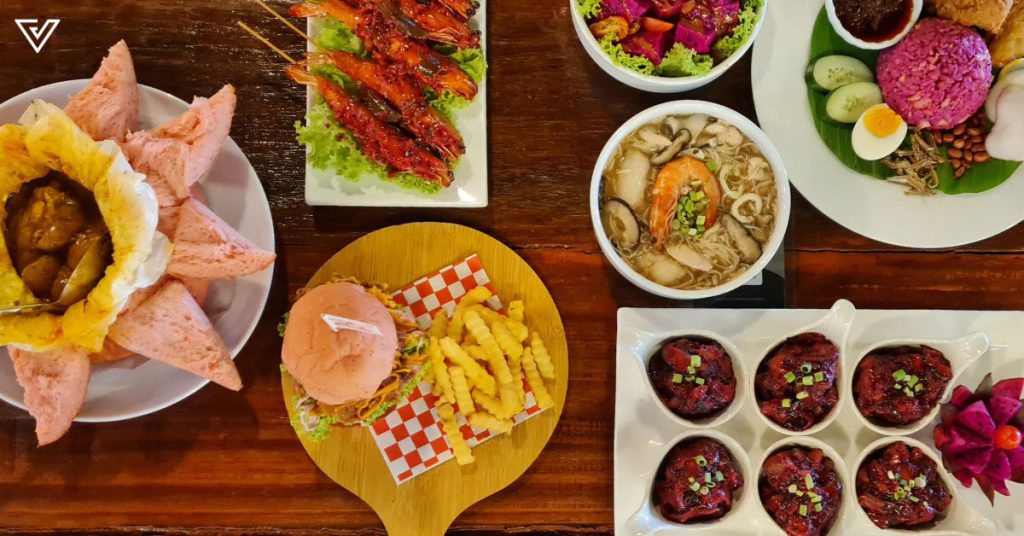
Among the highlights of the menu is the Jumbo Dragon Bun, which is a curry bun where the bread is incorporated with dragon fruit, resulting in a sweeter touch. The curry itself, which was the spiciest dish of the day, was surprisingly good. Fragrant and rich, it served well as a dip for the bread.
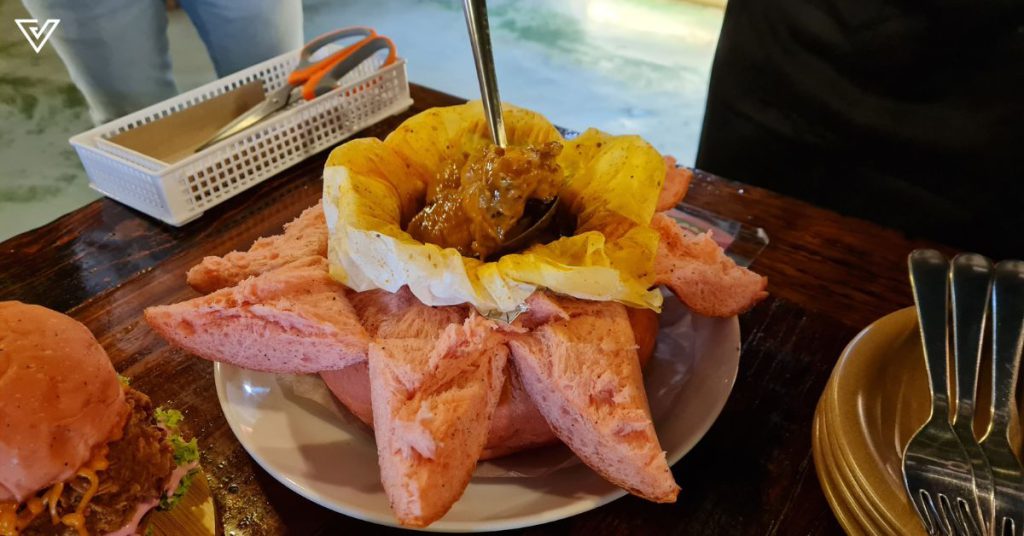
I personally loved the Braised Dragon Fruit Ginger Chicken Noodle. Packed with umami notes, it’s made using the farm’s own dragon fruit enzyme product.
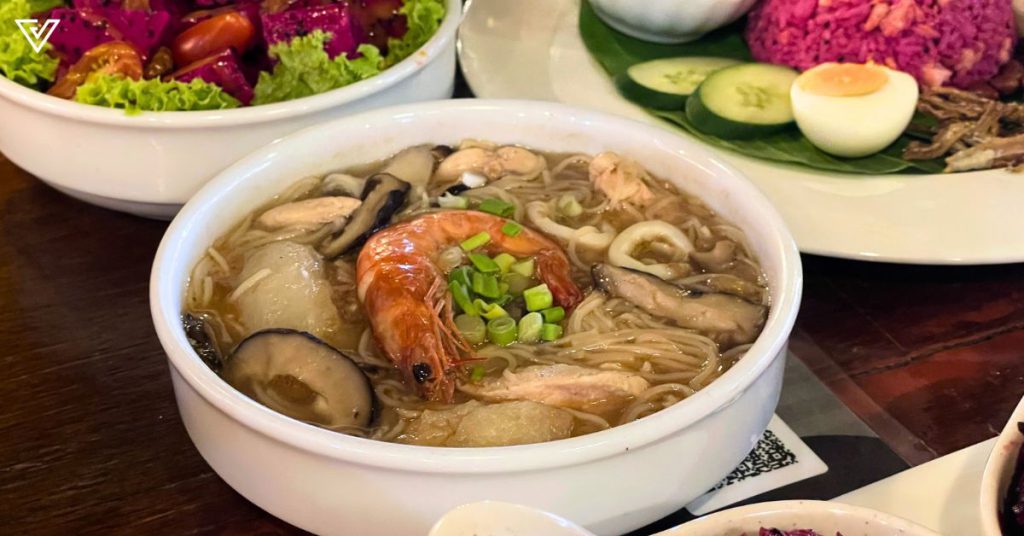
The Dragon Fruit Fried Chicken Burger would be another crowd pleaser. Not only is the bun dragon fruit-flavoured, there’s also a special homemade sauce that adds a creamy flavour to the crispy chicken.
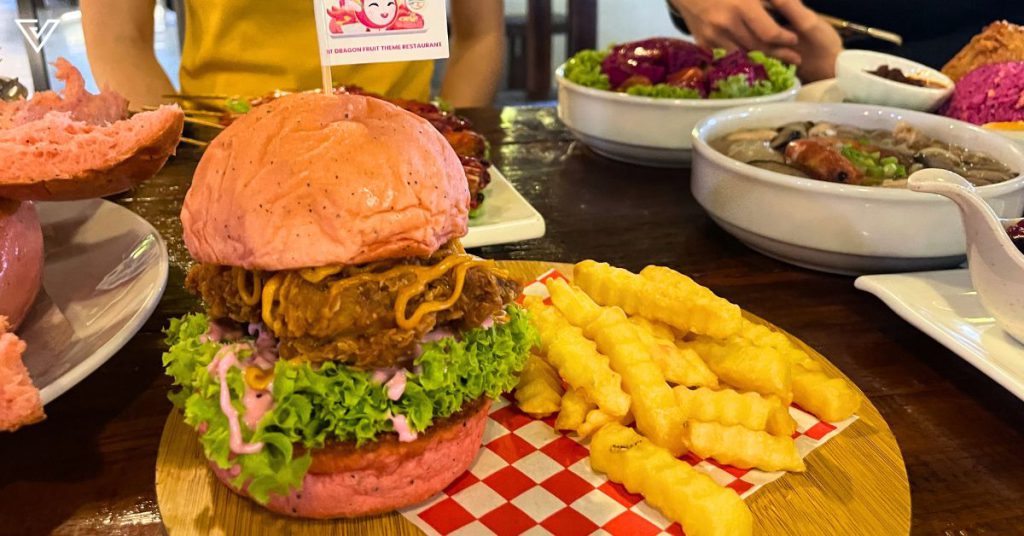
As for the Dragon Fruit Nasi Lemak, the star was the sambal, which is made with, you guessed it, dragon fruit flower.
Other dishes we tried were the Dragon Fruit Salad, Grilled Prawn with Special Dragon Fruit Topping, and Braised Dragon Fruit Chicken, which were both pretty good too.
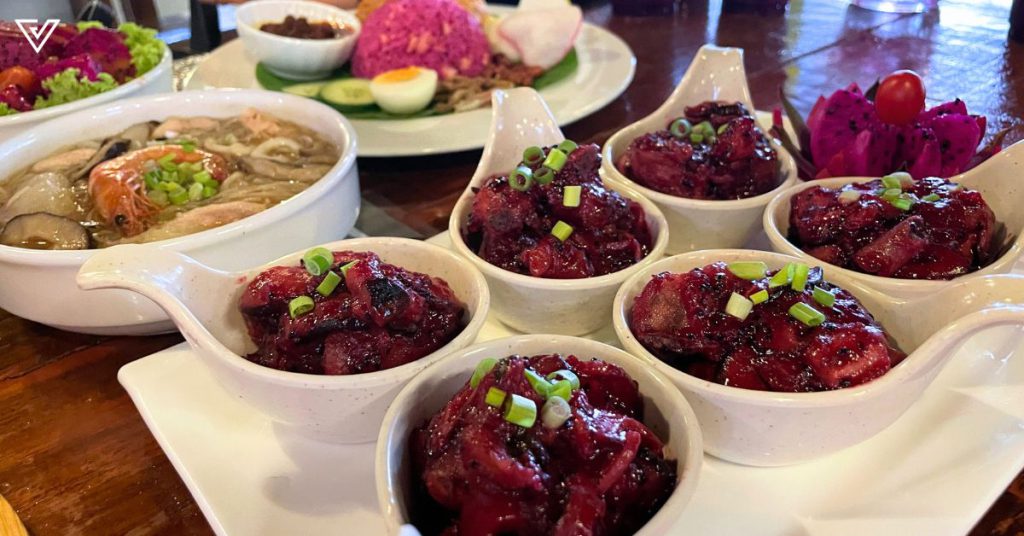
Overall, the food actually lived up to my expectations, or maybe even surpassed it. Typically, themed restaurants run the risk of being gimmicky.
But having dined there, it’s clear that the team actually put a lot of thought into how they can incorporate the fruit in ways that aren’t just repetitive, while ensuring the flavours make sense still.
Apparently, the R&D for the dishes were led by none other than Eugene’s mum, Lydia. Having tasted the food for ourselves, her passion for cleverly incorporating the fruit into every dish is evident.
Even for those who aren’t too keen to learn about the crop, I’d say that the food and its novelty makes the trip worthwhile.
Come for the dragon fruit, stay for Sepang
If you want something to commemorate your visit, you can pick up a curry bun or one the farm’s other products, like their ready-to-eat sambal sauce, the aforementioned enzyme mixes, or even dried dragon fruit crisps. There’s also an adorable plushie of the farm’s mascot, Ruby.
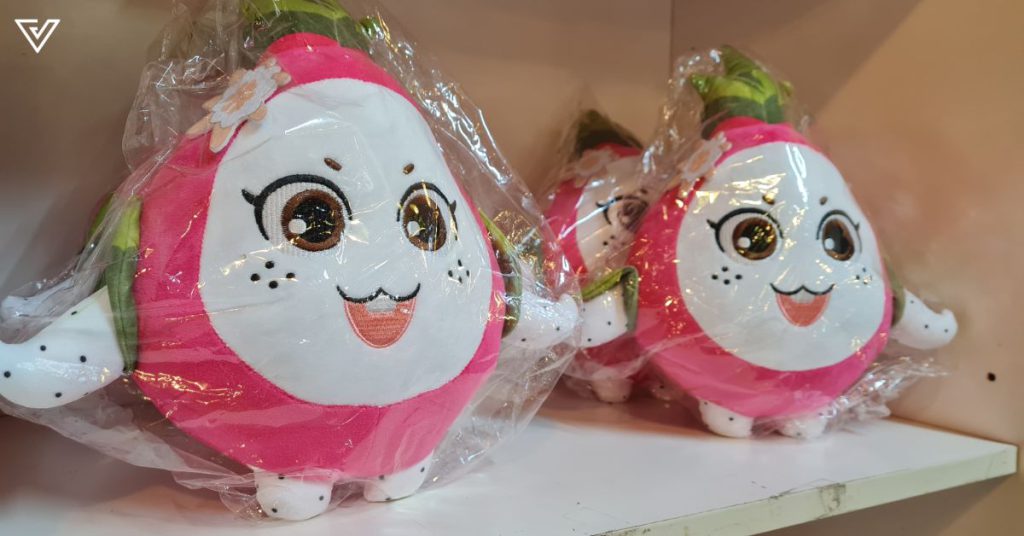
Of course, you can also buy some fruit while you’re there. Other than dragon fruits, there was a local vendor who had set up shop in front of the restaurant to sell durians, amongst other things.
If this sounds like something up your alley, we recommend heading there earlier in the day to beat the afternoon heat.
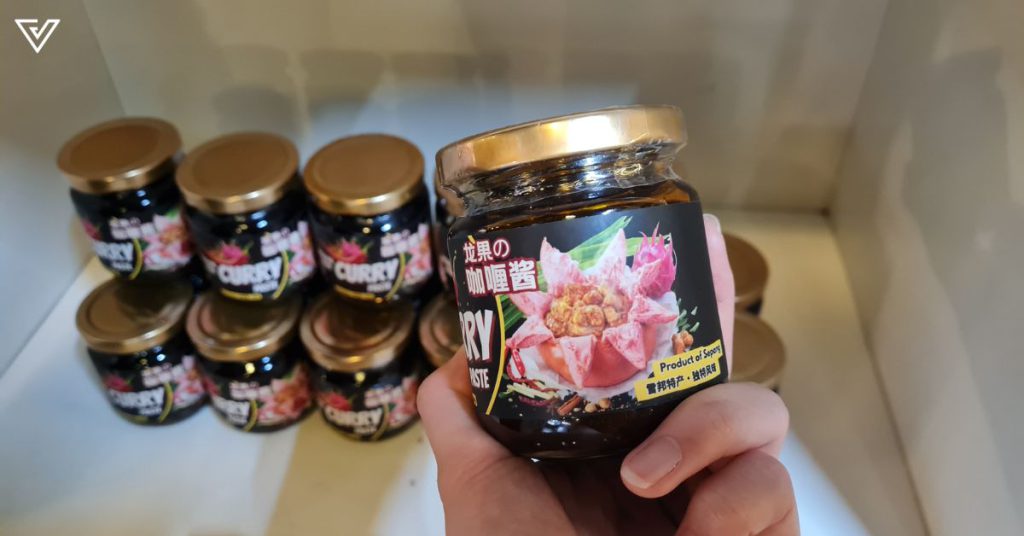
Talking to Eugene throughout the day, it was clear that he has an ambition of making not just HL Dragon Fruit Eco Farm stand out, but rather, the whole of Sepang.
Beyond his farm, he shared about the variety of unique offerings his town had in store, including a number of traditional kopitiams. He suggested taking away some of his restaurant’s food for a nice picnic out by the beach, too.
There’s also kayaking options around the Sepang River, and the free Sepang Automobile Museum.
Eugene also hinted that the business will be expanding in terms of tourism offerings, something that will further bolster the area’s economy.
It’s impressive to see how HL Dragon Fruit Eco Farm has grown to become such a notable attraction, and how it’s now also trying to empower the whole of Sepang to do the same.

While urbanites tend to consider Ipoh or Penang as destinations, a trip down to Sepang might give an experience that’s hard to find elsewhere.
So, the next time there’s a long weekend or when you have some time off, consider jaunting there for some dragon fruit and more.
- Learn more about HL Dragon Fruit Eco Farm here.
- Read other articles we’ve written about Malaysian startups here.

